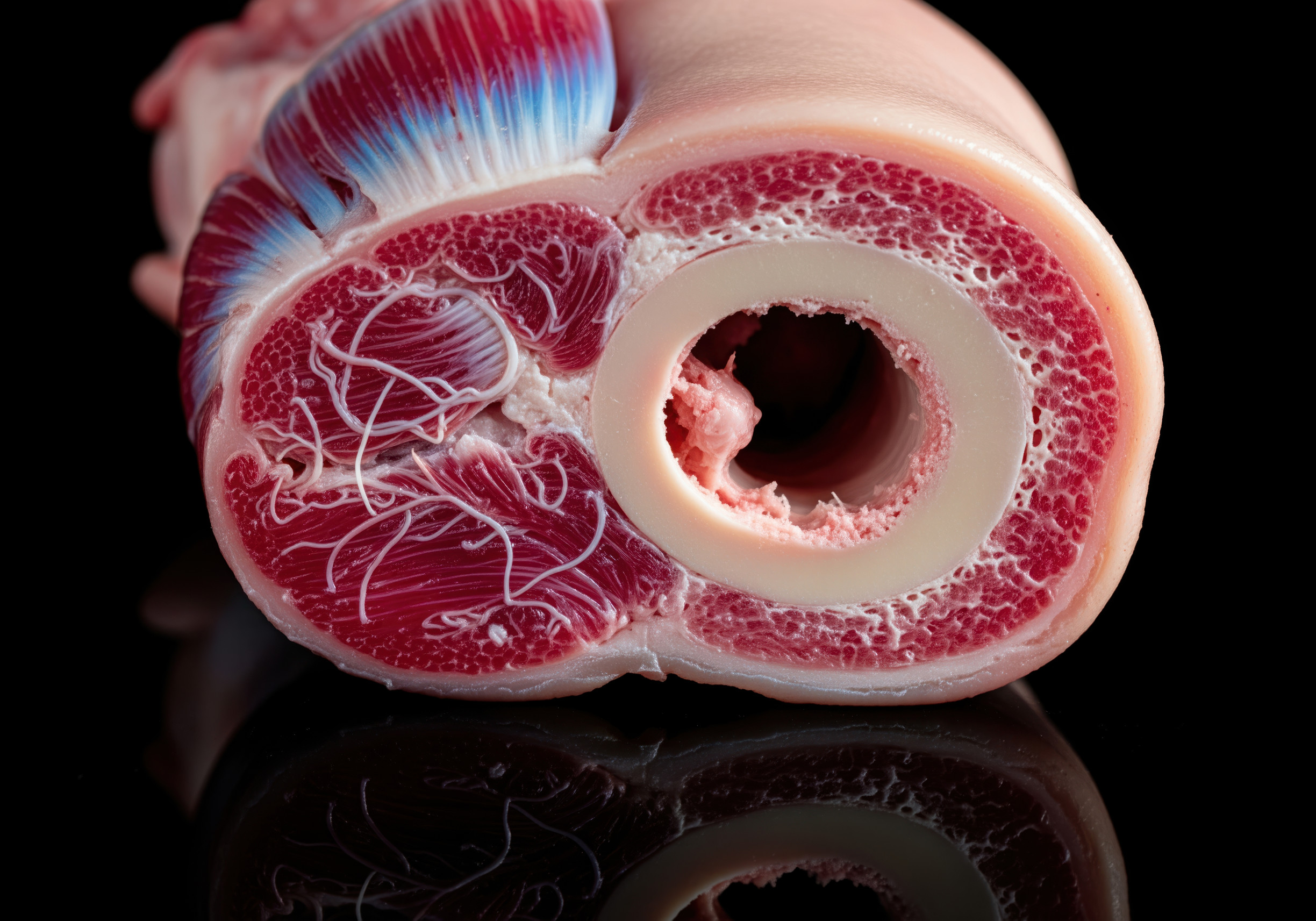Combining insights from psychology, behavioral economics and neuroscience, University of Oregon researchers have found converging signs of pure altruism and behavior that increase with age in the brain. People give to charity for numerous non-altruistic reasons, such as showing off their generosity to others. To isolate pure altruism from other motivations, researchers triangulated methods from the three fields. Their goal was to find a sweet spot where altruism is done for the simple joy of…

Signs of pure altruism converge in the brain and increase with age
More of Today's Solutions
Vision board ideas for adults: how to create one that inspires real change
BY THE OPTIMIST DAILY EDITORIAL TEAM A vision board might look like a crafty throwback to childhood afternoons spent collaging. But don’t write it ...
Read MoreIndia’s social experiment: how paying women directly reshapes welfare, autono...
BY THE OPTIMIST DAILY EDITORIAL TEAM Across India, millions of women now receive a modest but unwavering deposit each month into their bank accounts. ...
Read MoreNew Zealand’s groundbreaking shift to renewables promises massive emiss...
New Zealand launched its most ambitious emissions reduction initiative to date in an incredible undertaking. The government announced a historic switch from coal to ...
Read MoreGoing for the goal: the impact of team sports on boosting young girls’ ...
In a pioneering study, the Here for Every Goal report demonstrates that team sports, particularly elite women's soccer (referenced from here on in this ...
Read More









